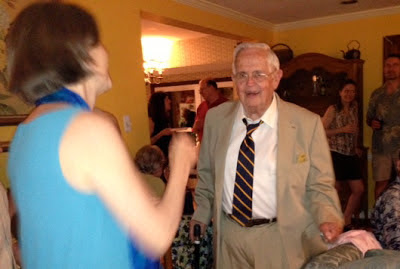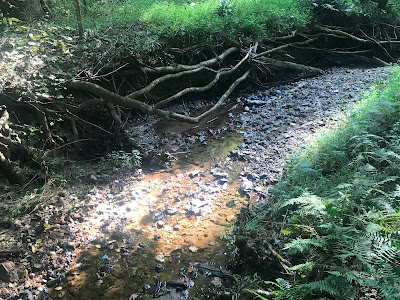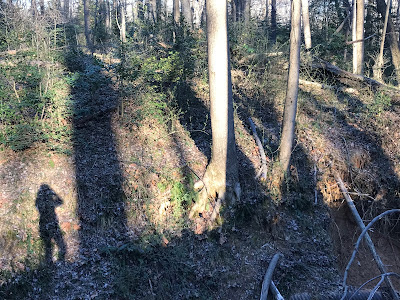Decisions, Decisions
We leave tomorrow for more than a week in Seattle and environs, so the dust is flying. Among the items on my packing list is one that recurs on every packing list: book. The singular is deceptive. Often this means books.
Sometimes I’m dragging school work along. And I used to pack work reading, which falls into the general category of books. Neither one of those this time.
Today’s task is simpler, though not without challenges. Today I need to find a good book to read, as in just read, as in for pleasure. Ideally, it would be a medium-sized paperback. Long enough to last me but light enough to keep my baggage allowance where it needs to be.
I’ve dipped into the home library and found House Made of Dawn, by M. Scott Momaday, which I haven’t read but have always wanted to. It may come along. Also Crossroads, by Jonathan Franzen, a hefty library book, which I’ve listened to but not read in hard copy.
There are still a few hours to think about this. Decisions, decisions.
(Book packing with help from a young assistant.)










